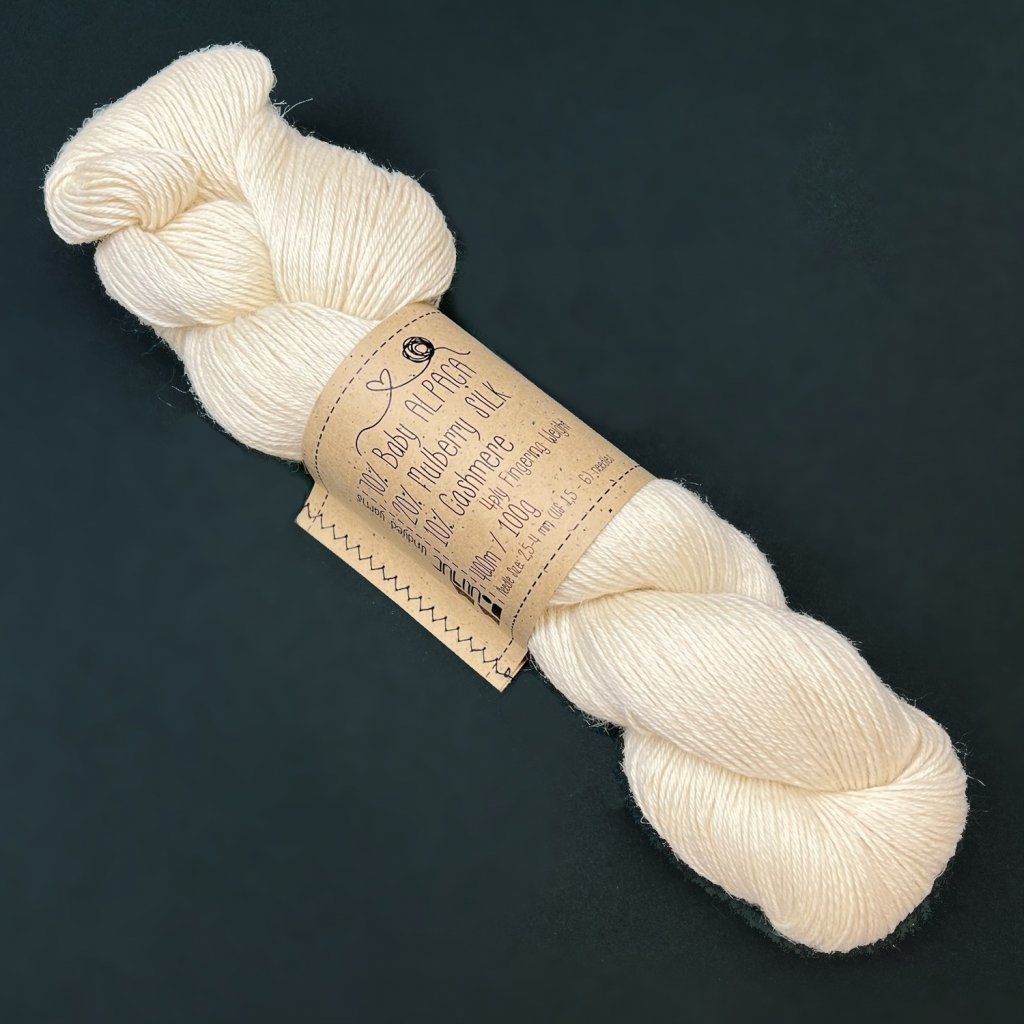Exploring the Origins of cashmere and Its Role in Modern Fashion
Exploring the Origins of cashmere and Its Role in Modern Fashion
Blog Article
Recognizing the Different Kinds Of Cashmere a Natural Fiber and Their One-of-a-kind Advantages
The Origins of Cashmere: A Historic Introduction
While the elegant touch of cashmere proceeds to appeal modern customers, its origins trace back to the severe, cold climates of Mongolia and the Himalayas. For centuries, the indigenous individuals of these areas have been raising Capra Hircus goats, the prime resource of cashmere wool. These goats, resilient against the serious winters months, grew a fine undercoat to make it through, which later on came to be called cashmere. The name itself admires Kashmir, a region in India where the woollen was initially processed. Much of the early cashmere trade path was promoted by the Silk Road, connecting Asia with the Middle East and Europe. In spite of its international spread, the finest cashmere is still thought to stem from the initial areas of Mongolia and the Mountain Ranges.

The Manufacturing Refine: From Goat to Garment
Shearing a Capra Hircus goat marks the beginning of the detailed cashmere manufacturing process. The resultant raw cashmere is then washed to eliminate contaminations such as dust, veggie, and grease matter.
The clean fiber goes through dyeing, spinning, and weaving, or knitting, to transform it into a fabric. Complex procedures like high quality control checks and completing procedures comply with, making certain completion item keeps the luxurious standard anticipated of cashmere. This meticulous process, from goat to garment, validates the high cost attached to cashmere products, making them a sign of luxury and improvement.
The Various Kinds Of Cashmere: A Comprehensive Evaluation

The One-of-a-kind Advantages of Cashmere: Comfort and Sustainability
Relocating from the range of cashmere types to the benefits they provide, comfort and sustainability stand out prominently. Cashmere, a natural fiber, is renowned for its unrivaled soft qualities, giving a degree of comfort that artificial fibers can't match.
When it concerns sustainability, cashmere is naturally degradable and sustainable, as it's collected from cashmere goats that regrow their coats yearly. what is cashmere. Unlike synthetic fibers which can take hundreds of years to disintegrate, cashmere's influence on the environment is marginal. This combination of convenience and sustainability makes cashmere an advantageous selection for aware customers

Caring for Your Cashmere: Maintenance and Conservation Tips
While click to read more cashmere is undoubtedly a lavish and lasting option, it calls for certain like preserve its top quality and extend its life-span. To start, cashmere need to be hand cleaned utilizing cold water and a moderate detergent. Stay clear of turning or wringing the garment as it can damage the fibers. Instead, carefully press out excess water and lay it flat on a towel to dry. Additionally, cashmere things ought to be stored in a awesome and completely dry area, far from direct sunshine and moisture. Using moth repellents can shield these garments from potential damages. It's suggested to avoid hanging cashmere to stop extending. Instead, fold and shop them effectively to maintain their shape and quality in time.
Purchasing Cashmere: Comprehending Its Value and Worth
Although cashmere may originally seem like a pricey investment, its lasting value and worth ended up being evident when you consider its remarkable high qualities. Recognized for its exceptional gentleness and warmth, cashmere is a costs all-natural fiber that outshines various other materials. Spending in cashmere, consequently, is not just concerning current fashion fads, but concerning welcoming a sustainable, lasting, and lavish way of living.
Conclusion
In recap, the kind of cashmere one picks, be it Mongolian, Chinese, or Italian, is dictated by private preferences for warmth, luxury, sustainability, and spending plan. Understanding the origins, manufacturing process, and unique benefits of different kinds of cashmere can assist customers in their investment in this elegant natural fiber.
Whether over at this website it's the remarkable heat of Mongolian cashmere, the cost of Chinese cashmere, or the eco-conscious manufacturing of Italian cashmere, there's a story to be found behind each fiber kind. Cashmere, an all-natural fiber, is renowned for its unparalleled softness, supplying a degree of convenience that synthetic fibers can not match.When it comes to sustainability, cashmere is sustainable and biodegradable, as it's collected from cashmere goats who regrow their coats each year. Known for its unparalleled softness and warmth, cashmere is a costs all-natural fiber that outperforms other materials. Understanding the beginnings, manufacturing procedure, and distinct benefits of different kinds of cashmere can lead consumers in their investment in this lavish natural fiber.
Report this page